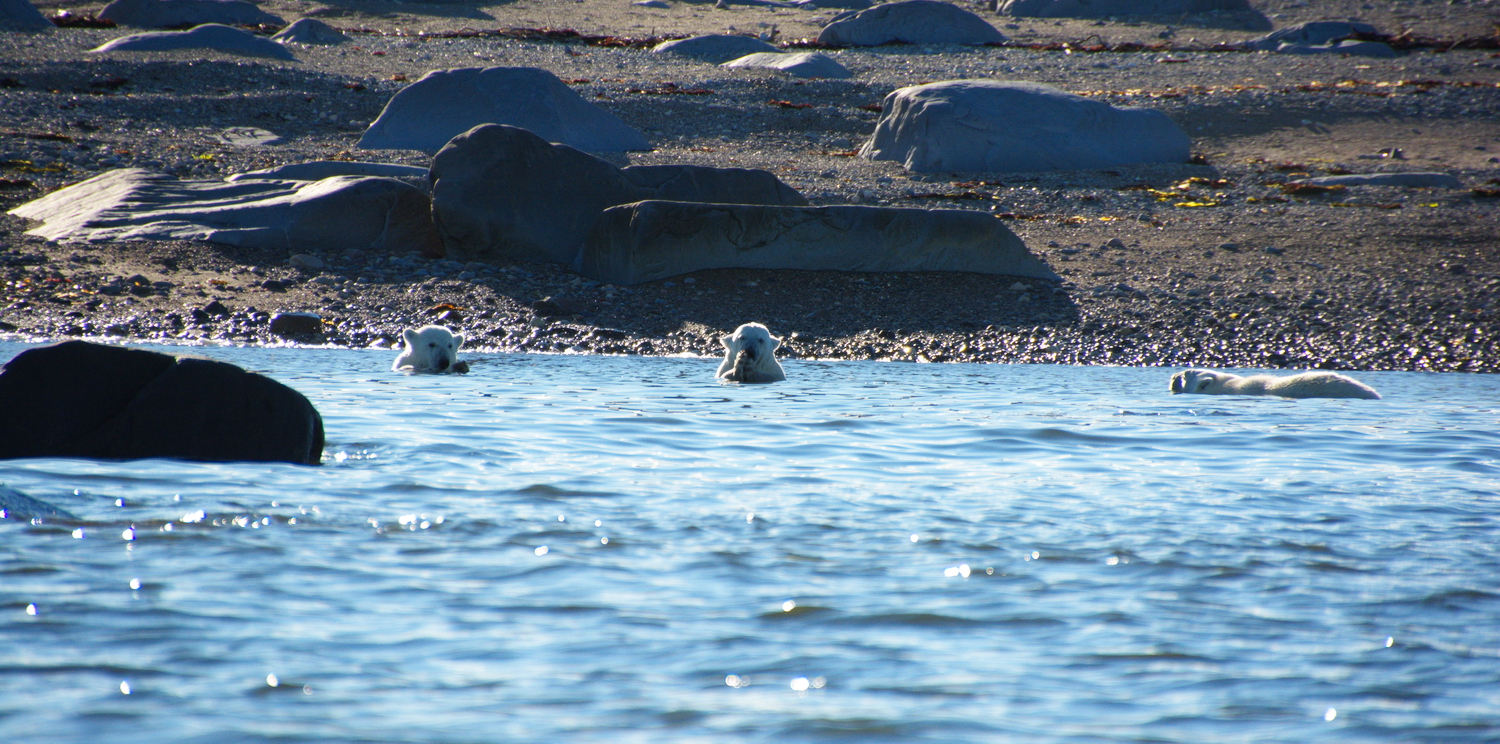Union Pacific Derrick 903045
This one is for the train and crane folks!
Once upon a time, railroads had their own big cranes. They were used for maintenance work on track and bridges, locomotive and car repairs, and perhaps most notably, to clean up derailments. They were expensive to buy and expensive to operate, yet they spent a lot of their time sitting.
Over time, as derailments have decreased and maintenance practices have changed, the big cranes such as the 903045 have gone away. Nowadays, most crane services are contracted out, as is derailment cleanup.
Today, many (most) of the big railroad cranes have been scrapped. Few remain in service. And at least one big one – the 903045 – is in a museum.
Union Pacific Derrick 903045 is a 250 ton capacity crane built by the American Ohio Locomotive Crane Company. She now lives at the Western Pacific Railroad Museum in Portola, CA.

There’s now a gallery on Laughing Frog Images devoted to the 903045. This gallery is a photographic dissection of the 903045 for the curious, for the modelers, and the crane geeks. She was basking in the sun during Portola Railroad Days in 2014. Modelers and rivet counters: I didn’t cross the tracks to capture the other side – so the photo study is of her right side only.
If you think about the fact that she’s capable of lifting 250 tons, this is a photographic study of brute force that’s different from past locomotive photo studies I’ve done. She was designed in the days before computer aided design – slide rules and math, paper and pencil. No apps or programs. Thick steel plate. Heavy welds. Large diameter wire rope. The smell of grease and oil. Even if you’re not into trains or cranes, she’s something to behold.
Is she a relic of the past? A testament to those who designed and built her? Both?
Check out the gallery and decide for yourself…

















